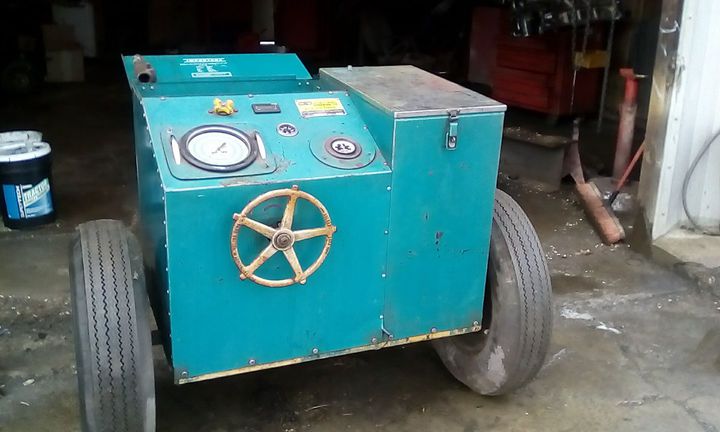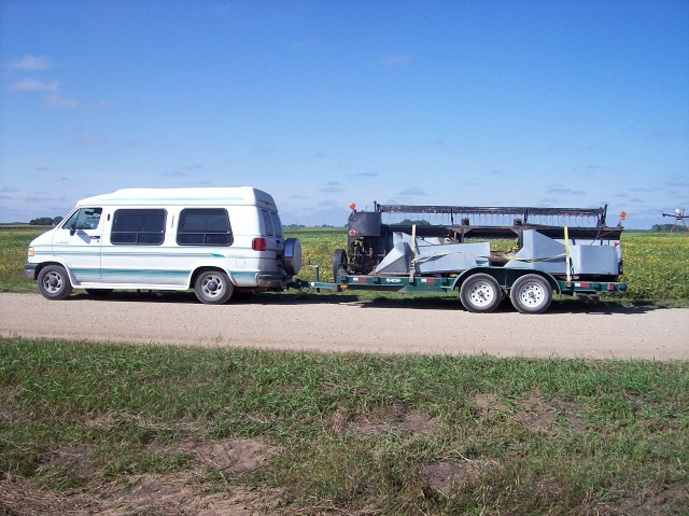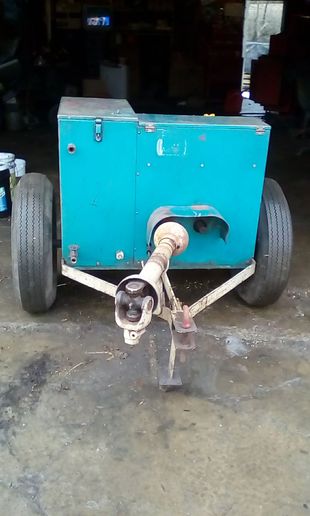Welding man
Well-known Member
- Location
- West Virginia
Wife and I made a 675 mile trip Thursday night and Friday to pick up a new toy. I have been
wanting one these for a long time. Found this one on Yesterdays Tractor ads and we made the
trip and picked up. We had a good safe trip although we did have some snow to deal with.
Glad to be home and happy to have a new play toy.

wanting one these for a long time. Found this one on Yesterdays Tractor ads and we made the
trip and picked up. We had a good safe trip although we did have some snow to deal with.
Glad to be home and happy to have a new play toy.





